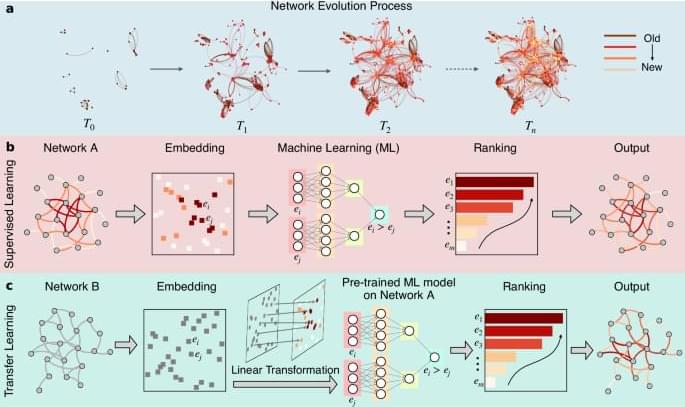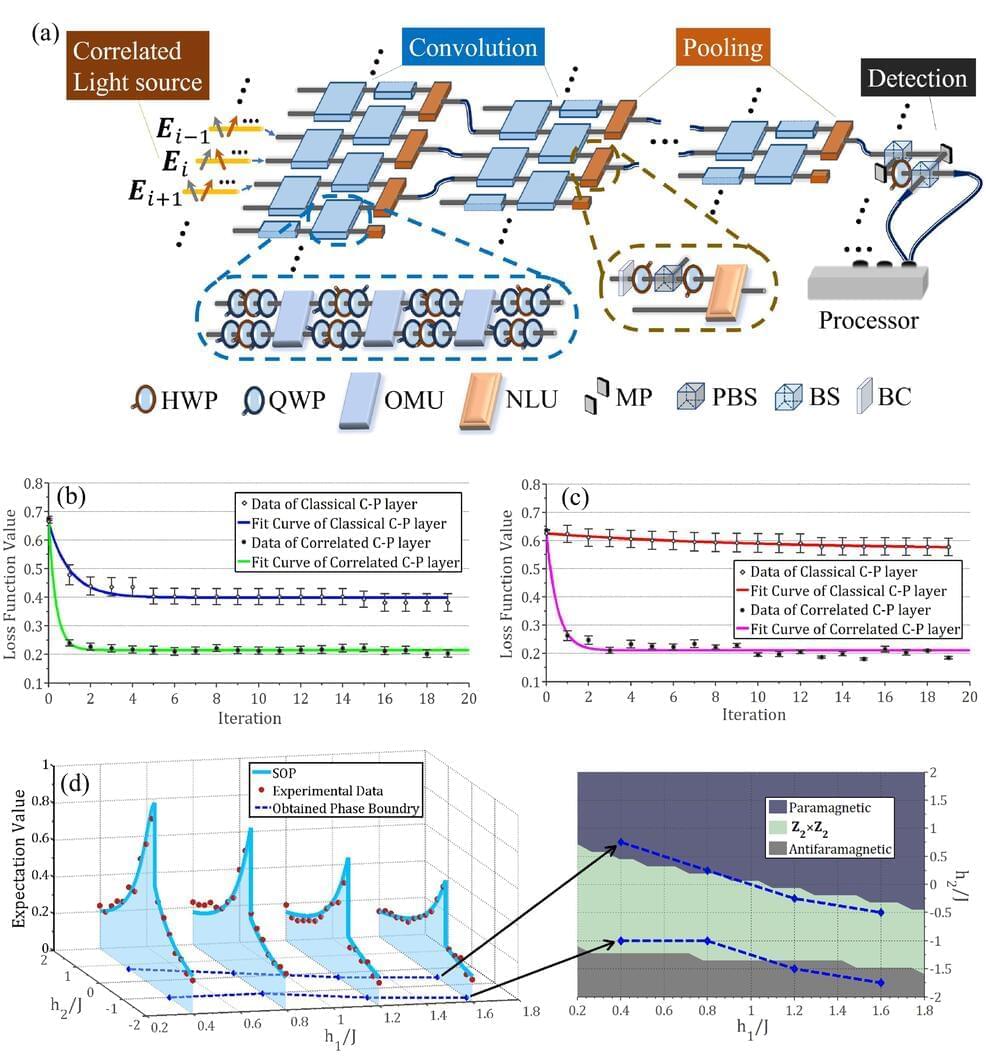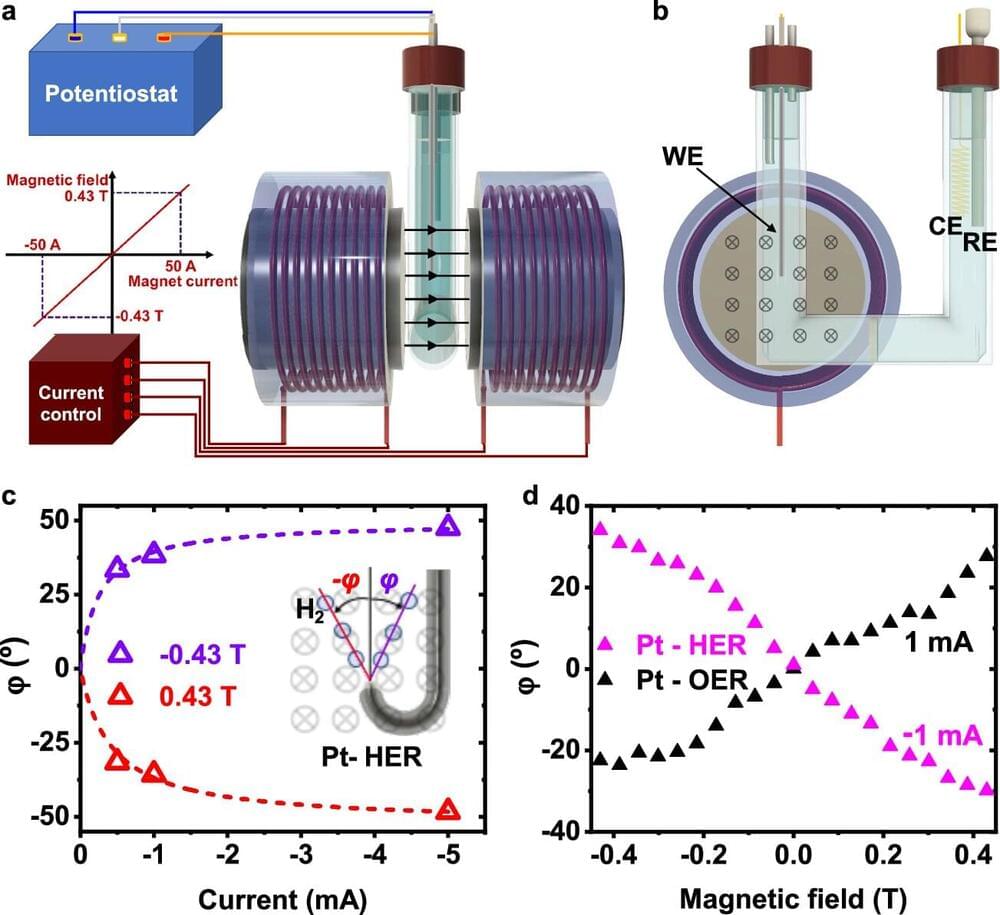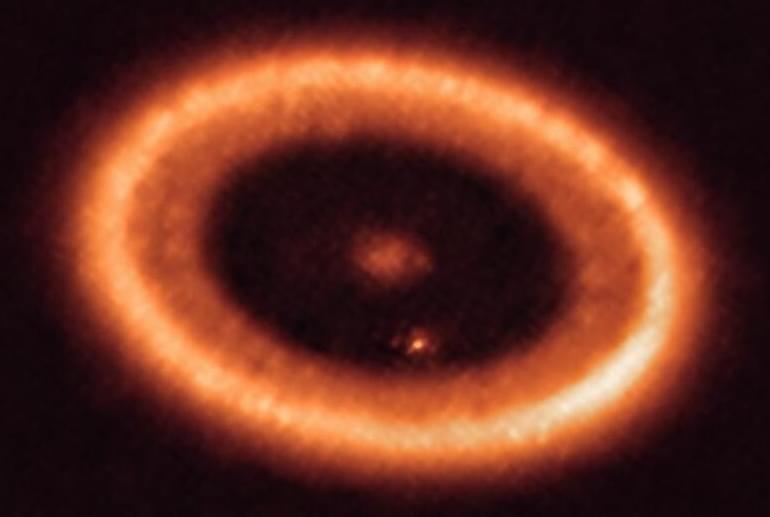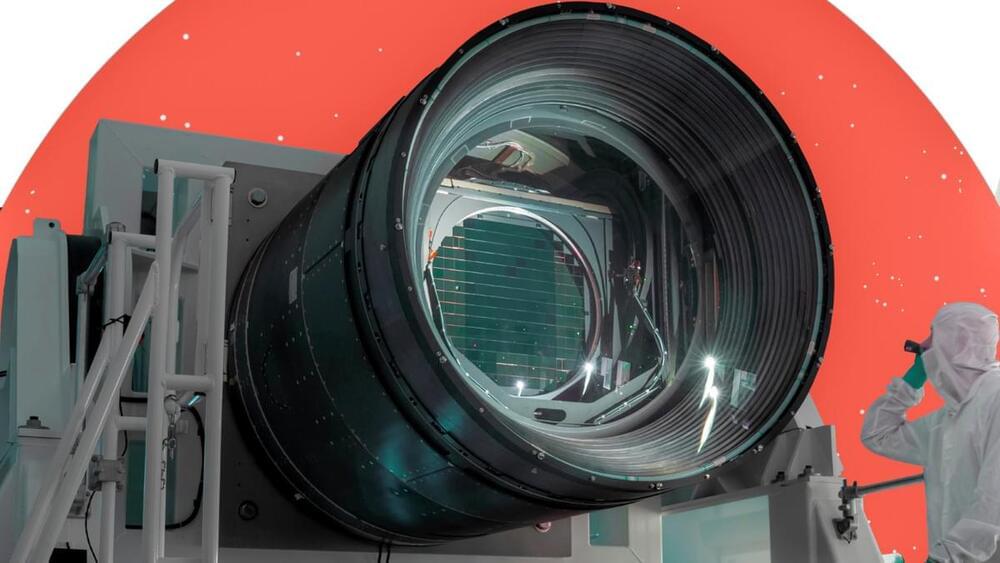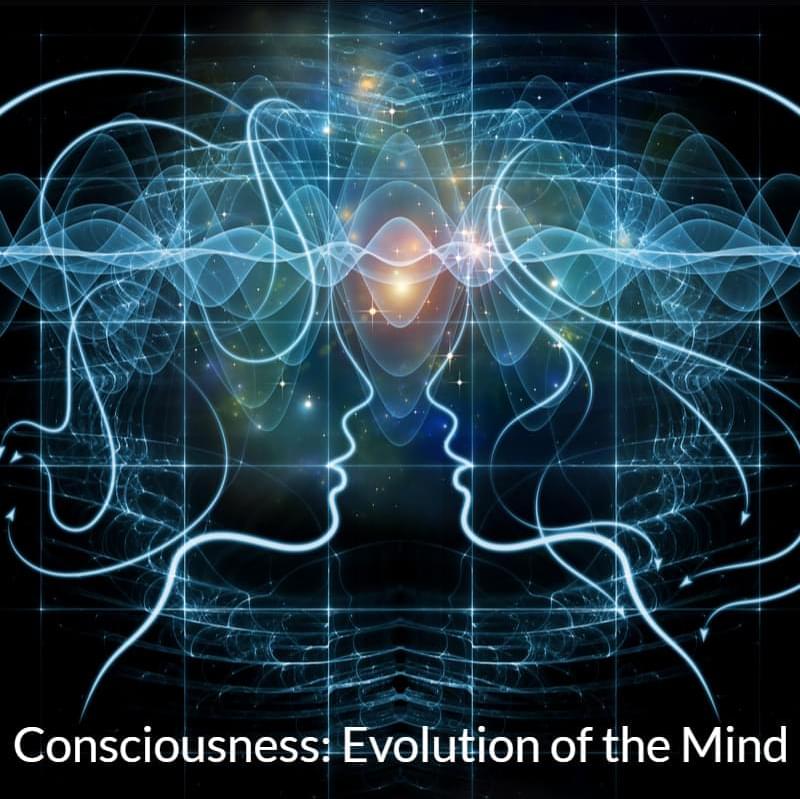It remains a fascinating system for astronomers because the protostar and its protoplanetary disk are estimated to be no older than 5.5 million years — a cosmic infant compared to our 4.5-billion-year-old solar system.
“PDS 70 is special, as it is the only protoplanetary disk so far where all astronomers agree that we have found forming planets caught in the act,” Christiaens said. “Detailed study of this system has thus allowed us to learn a lot about planet formation.”
The researcher said that little is known about the properties of the potential third planet around PDS 70 thus far. The planet — which, if confirmed, would be designated PDS 70D — appears to be shrouded in a vast amount of dust, and it orbits its infant star at around 13 times the distance between Earth and the sun.
